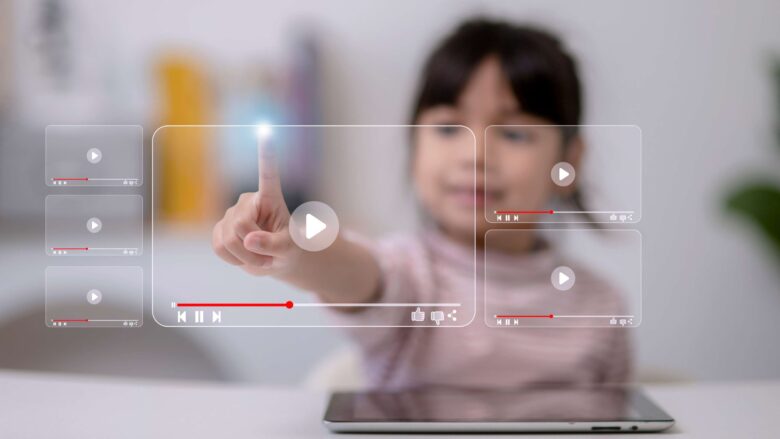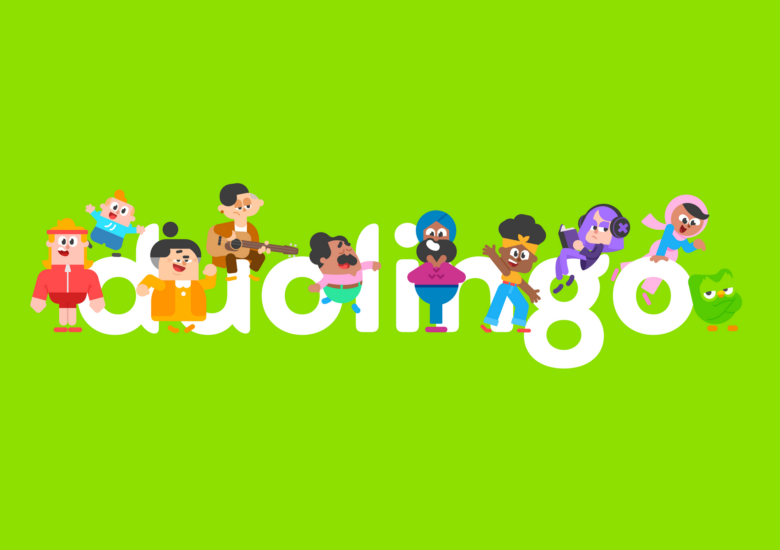Education has come a long way since the days of chalkboards and textbooks. In today’s digital age, learning has taken on a new form, one that is driven by visual wisdom. Visual wisdom, the fusion of instructional videos and blogs, has revolutionized the way we acquire knowledge. This dynamic combination brings together the power of sight and words, catering to diverse learning styles and making complex information more accessible than ever before.
Contents
- Historical Context of Instructional Videos and Blogs
- Impact of Technology on Modern Learning Methods
- Benefits of Visual Learning for Different Types of Learners
- Accessibility and Inclusivity in Instructional Content
- Case Studies of Successful Educational Video Channels
- Tips for Creating Effective Instructional Videos
- The Role of Blogs in Complementing Visual Learning
- How Blogs Enhance Understanding through Written Content
- Analyzing the Evolution of Educational Content Delivery
- Future Trends in Visual Wisdom and Learning Platforms
- The Impact of Gamification on Visual Learning
- The Global Reach of Visual Wisdom
- Challenges in Visual Wisdom
- Conclusion
Historical Context of Instructional Videos and Blogs
To appreciate the impact of instructional videos and blogs, it’s essential to understand their historical context. Instructional videos date back to the early 20th century, with educational films being used in schools. However, it was the advent of the internet that truly transformed this medium. Similarly, blogs emerged in the late 1990s as personal diaries but quickly evolved into a platform for sharing knowledge and expertise. Together, these tools have reshaped the landscape of education.

Source: techsmith.com
Impact of Technology on Modern Learning Methods
The integration of technology into education has been a game-changer. With the proliferation of smartphones and high-speed internet, learners can click here to access instructional videos and blogs from virtually anywhere. This accessibility has democratized education, allowing people of all ages and backgrounds to engage in lifelong learning. Moreover, technology has enabled interactive elements in videos and blogs, fostering engagement and retention.
Benefits of Visual Learning for Different Types of Learners
Visual learning caters to various learning styles. Learners absorb information through images and graphics, while auditory learners benefit from spoken explanations in videos. Kinesthetic learners can engage with demonstrations and interactive elements in blogs. This versatility makes visual wisdom inclusive and adaptable, ensuring that everyone can find their preferred mode of learning.
Accessibility and Inclusivity in Instructional Content
Accessibility and inclusivity in instructional content are paramount in ensuring equitable educational opportunities for all. In our increasingly digital world, making educational materials accessible to individuals with disabilities is not only a legal requirement in many countries but also a moral imperative.
To achieve accessibility, content creators must provide alternatives for various sensory modalities. This includes closed captions for the hearing-impaired, screen-reader compatibility for the visually impaired, and keyboard navigation for those who cannot use a mouse. Additionally, content should be designed with considerations for color contrast and readability to accommodate those with visual impairments.

Source: upviews.com
Case Studies of Successful Educational Video Channels
Several educational video channels have risen to prominence, showcasing the effectiveness of visual wisdom. Khan Academy, for instance, offers a wide range of free instructional videos covering various subjects. CrashCourse provides engaging crash courses on diverse topics, making learning fun. These success stories underline the growing popularity and impact of visual learning.
Tips for Creating Effective Instructional Videos
Creating instructional videos that resonate with learners requires careful planning. Consider factors like clear explanations, concise content, engaging visuals, and an organized structure. Interactivity, such as quizzes or discussion forums, can enhance engagement and foster a sense of community among learners.
The Role of Blogs in Complementing Visual Learning
Blogs complement visual learning by offering written content that reinforces and supplements video material. Written explanations can provide additional context, dive deeper into topics, or offer a different perspective. Blogs also serve as valuable resources for learners who prefer reading or require textual information for reference.

Source: thoughtco.com
How Blogs Enhance Understanding through Written Content
Written content in blogs enhances understanding by providing a platform for in-depth exploration. Learners can delve into complex concepts, follow step-by-step guides, and access reference materials conveniently. Moreover, blogs facilitate critical thinking and reflection, promoting deeper comprehension of the subject matter.
Analyzing the Evolution of Educational Content Delivery
The evolution of educational content delivery has been a remarkable journey. From traditional classrooms to online courses, we have witnessed a shift towards personalized, on-demand learning. Visual wisdom has played a pivotal role in this evolution, adapting to the changing needs and preferences of learners.
Future Trends in Visual Wisdom and Learning Platforms
As we look ahead, the future of visual wisdom and learning platforms appears promising. Artificial intelligence and virtual reality are poised to enhance the immersive learning experience further. Personalized learning paths, adaptive content, and data analytics will enable tailored education. With the ongoing advancements in technology, we can expect even more innovative approaches to learning.

Source: blog.duolingo.com
The Impact of Gamification on Visual Learning
In recent years, gamification has emerged as a powerful tool to enhance visual learning experiences. Gamification involves incorporating game elements, such as points, badges, and challenges, into educational content. This approach not only makes learning more engaging but also fosters motivation and competition among learners.
Educational platforms like Duolingo have harnessed gamification to teach languages effectively. Users earn points for completing lessons, unlock new levels, and compete with friends, turning language learning into an enjoyable and addictive experience.
The Global Reach of Visual Wisdom
One of the most significant advantages of visual wisdom is its global reach. Unlike traditional classrooms with geographical limitations, instructional videos and blogs can reach learners worldwide. This global accessibility promotes cross-cultural understanding and opens doors to diverse perspectives and knowledge sharing.
For instance, educational content creators from different parts of the world can share their expertise and experiences through videos and blogs. Learners in remote areas or underserved communities can access high-quality educational resources, narrowing the educational gap.
Challenges in Visual Wisdom
While visual wisdom offers numerous benefits, it also comes with its share of challenges. One prominent issue is the credibility of online content. With the ease of content creation and sharing, misinformation and low-quality educational material can proliferate. To address this challenge, learners must develop critical thinking skills to discern reliable sources from unreliable ones.

Source: elearningindustry.com
Conclusion
In conclusion, visual wisdom, through instructional videos and blogs, has ushered in a new era of education. It combines the power of sight and words to make learning accessible, inclusive, and engaging for learners of all kinds. As technology continues to evolve, so will the ways in which we acquire knowledge. The future of education is bright, with visual wisdom leading the way towards a more informed and empowered society. Embrace the visual revolution, and let’s continue to learn, grow, and thrive together.
